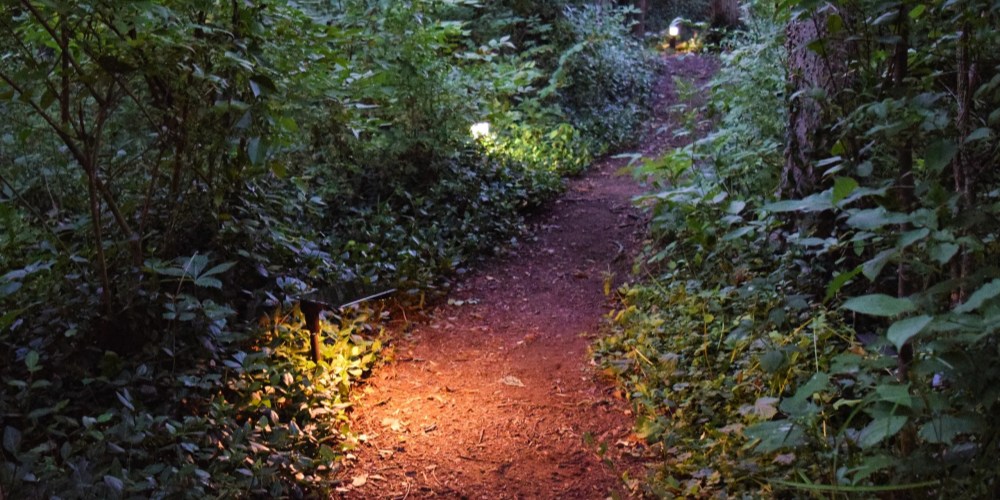Incorporating Solar Bollard Lights in Landscape Design
Solar bollard lights bring a fresh perspective to landscape design, combining eco-friendly technology with modern elegance. These solar powered outdoor lights are perfect for creating illuminated pathways, cozy garden corners, or vibrant public spaces, all without the hassle of wiring. Their sleek, minimalist appearance effortlessly blends into various outdoor themes, offering a seamless mix of functionality and style.
When thoughtfully positioned, solar bollard lights enhance both safety and ambiance. Whether guiding guests along a winding walkway or spotlighting a flower bed, these solar LED lamps provide a gentle, inviting glow. Adjustable brightness settings allow for a range of effects, from subtle accents for intimate spaces to bright, clear lighting for busy areas like parking lots or patios.
What sets solar bollard lights apart is their commitment to sustainability. By harnessing the power of the sun, they reduce electricity usage and contribute to greener living. Modern designs come equipped with efficient solar panels and long-lasting batteries, ensuring they perform well even on cloudy days. For eco-conscious homeowners and businesses, these lights are a win-win solution.

Maintenance is another area where solar bollard lights shine. Installation is simple, as there’s no need for digging trenches or dealing with complex wiring. Designed with durability in mind, many options are crafted from weather-resistant materials like aluminum or stainless steel. For those seeking an easy-to-manage, stylish lighting option, solar bollard lights are a smart addition to any landscape design.
SLD, Solar Lights Do, is a company that specializes in manufacturing and selling high-quality SLD solar lights. We offer a wide range of efficient and durable solar lighting solutions designed for outdoor use. If you're interested, please visit us at www.solarlightsdo.com.
